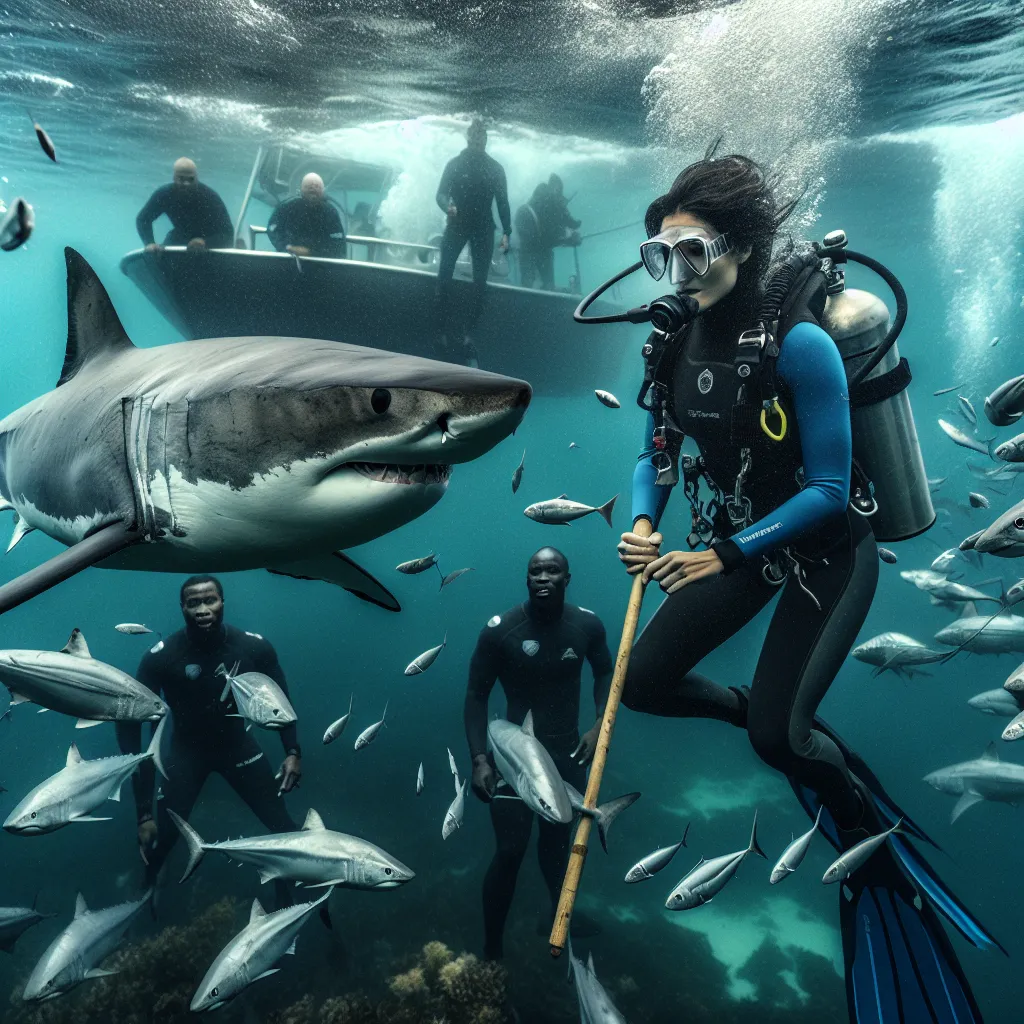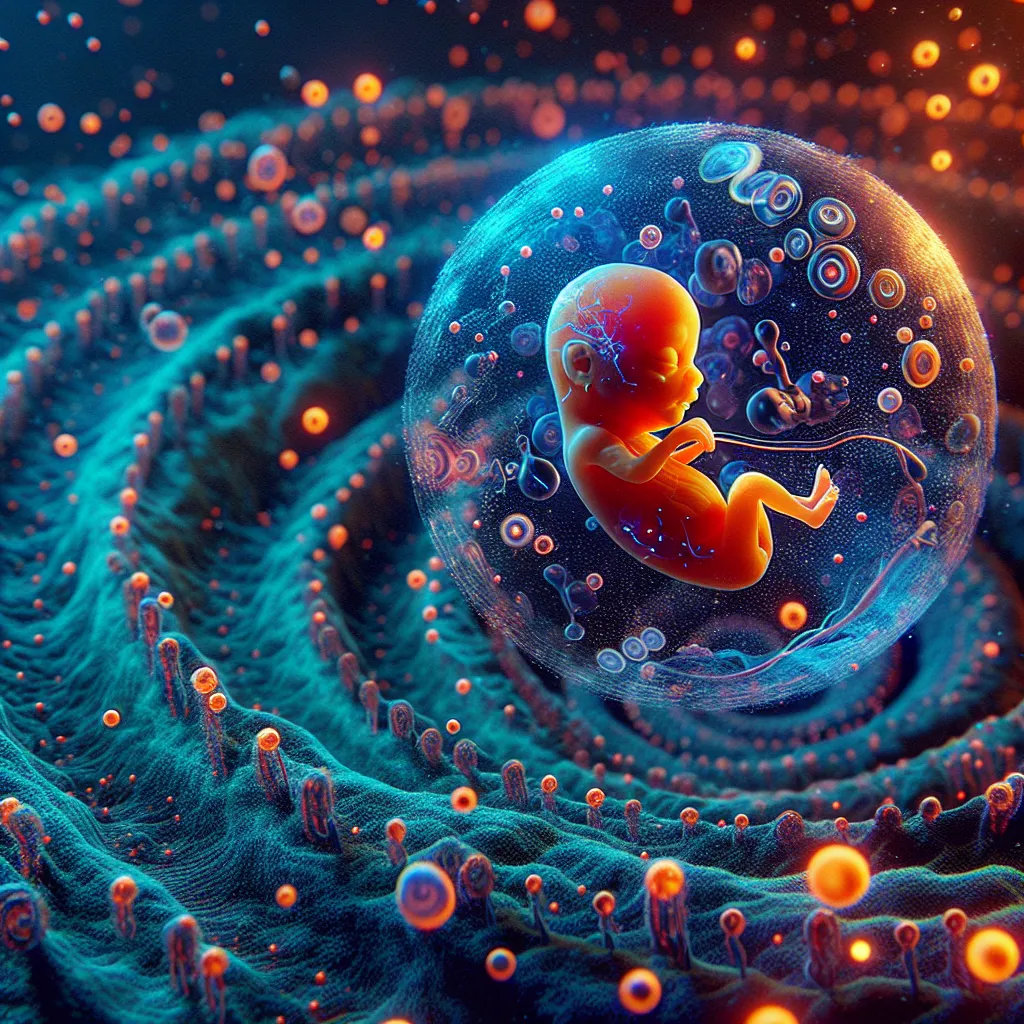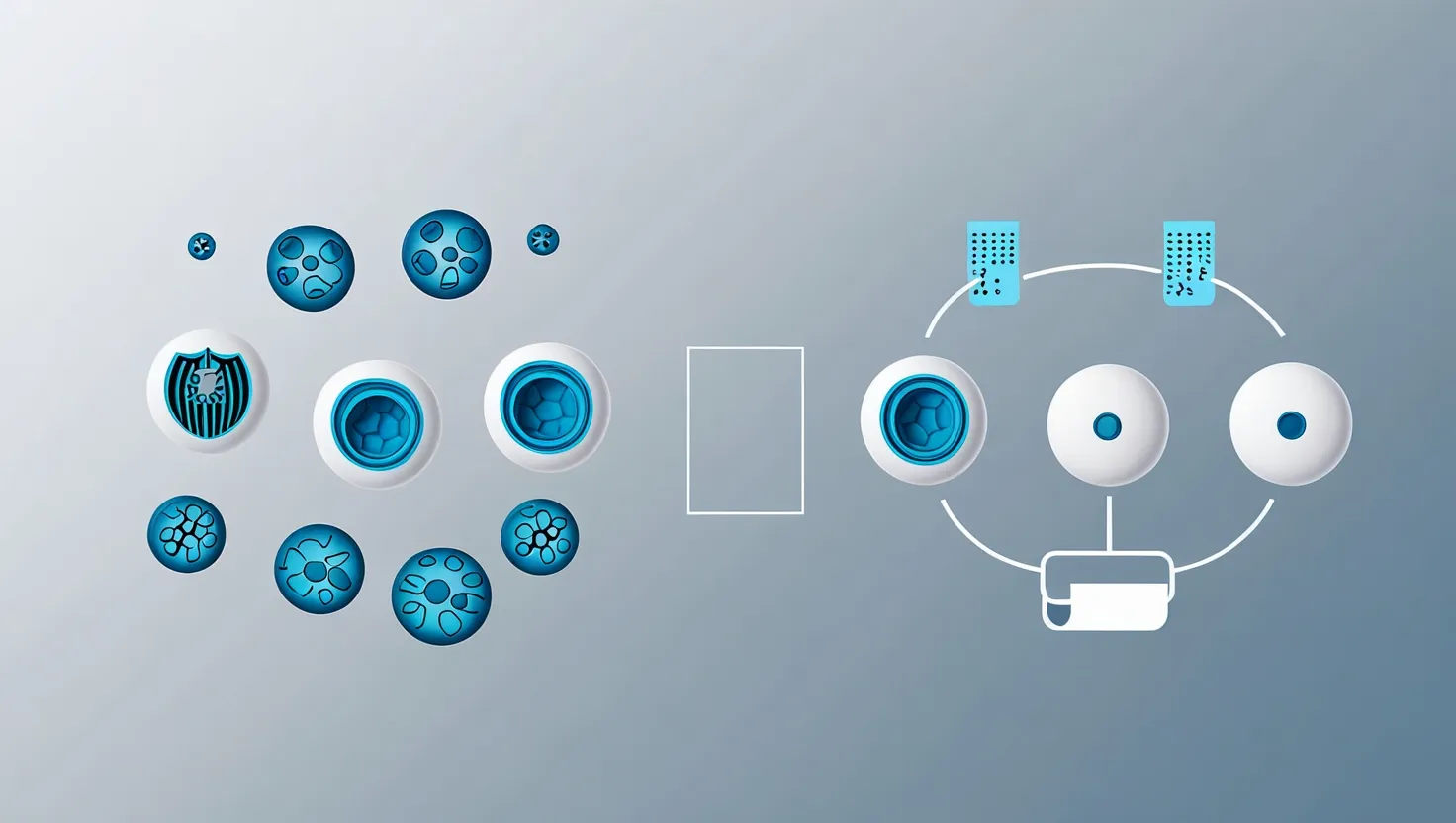Every year, around 100 shark attacks happen worldwide. Facing off against these apex predators is no joke, and understanding their behavior can be the key to surviving an encounter.
As more people head into the ocean, shark attacks have become more frequent. Cape Town, at South Africa’s tip, is home to some of the world’s most dangerous seas, where the Indian and Atlantic Oceans meet. Among the 350 species of sharks swimming around, the Bull, the Tiger, and the fearsome Great White pose the most danger to humans. The Great White, in particular, can grow over 20 feet long and weigh more than three tons.
Craig Ferrera has dedicated almost his entire life to studying Great Whites, particularly their interactions with humans. Despite the risks, he’s even decided to ditch the safety of a diving cage to observe these giants in open water, face to fin. His research playground is aptly named Shark Alley, a prime hunting territory just off Cape Town.
To attract the sharks, Craig uses a bloody mix of fish oil and tuna. It doesn’t take long for a Great White, with its incredibly sensitive nose, to arrive. Before jumping in, Craig makes sure to gauge how aggressive the shark is by watching its behavior—a tough call, considering how quickly things can change once he hits the water. Craig and his team know the risks are high and that any wrong move could be fatal.
Craig dives with colleagues standing by as his eyes and ears. These sharks could take out seals or even other sharks, so a human doesn’t stand much chance if things go south. Armed only with a single pole for protection, Craig studies the sharks up close, learning that while sharks are highly unpredictable, certain behaviors can be anticipated.
Like Craig, scientists worldwide are trying to figure out how and why sharks attack. In November 2000, near Perth, Australia, a group of friends found this out in the worst way possible. While swimming early one misty morning, Ken Crew was fatally attacked by a Great White. Despite being in a group, Ken was singled out, suggesting the shark used its sharp vision and sensitive detection organs to choose its prey. Understanding such selectivity is crucial for future safety.
In another part of the world, off the coast of Rhode Island, Lori Boyette barely survived a similar encounter while swimming. Losing a significant chunk of flesh, she had a long road to recovery. It’s a stark reminder that while our fascination with the ocean grows, so does our vulnerability to shark attacks.
Some regions, like Durban in South Africa, have taken substantial precautions. After a series of fatal attacks, they installed miles of shark nets to protect their beaches. These nets have been highly effective, reducing incidents significantly, although they’re not foolproof and require constant maintenance.
Other methods of protection are more high-tech. Devices like the shark pod emit electric currents that deter sharks without harming them. Initially developed to protect Apollo astronauts landing in shark-infested waters, these gadgets are now available for divers and surfers.
Scientists continue to research shark feeding habits, hoping to discover patterns that could predict attacks. Tools like electronic probes placed in a shark’s stomach can reveal when it’s most likely to be hungry and therefore dangerous.
Despite all these efforts, the ocean remains a place where humans are guests. Understanding why and when sharks attack is a massive puzzle. Those who’ve faced a shark attack often become more cautious, choosing when and where they swim with newfound wariness.
Ultimately, as more people venture into the ocean for swimming, surfing, and diving, the risk of shark attacks will likely rise. But through science, technology, and education, we can better equip ourselves to share the waters safely with these incredible creatures.






